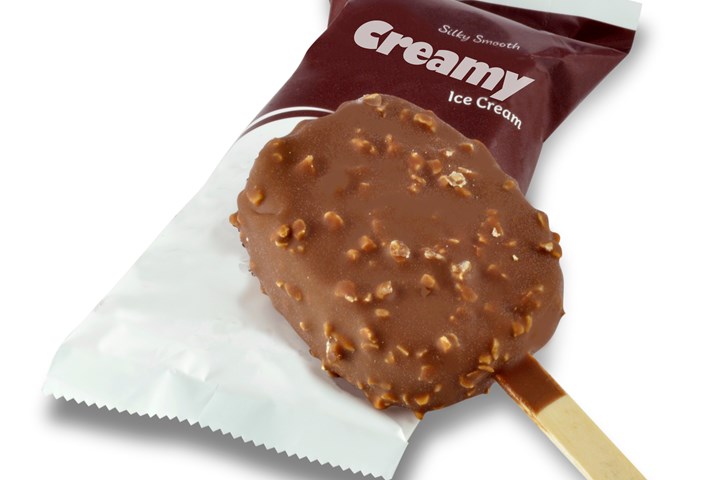Additives: High-Performance Organic Cavitating Masterbatch for White-Opaque BOPP Packaging
Ampacet’s new Pearl 36 cavitating masterbatch for BOPP film boasts high efficiency and outstanding film aesthetics and opacity.
A new high-performance organic cavitating masterbatch designed for premium quality labels and white-opaque BOPP packaging is newly available from Ampacet Corp., Tarrytown, N.Y. Pearl 368 boasts high efficiency, enabling processors to achieve very low film densities with high yields while providing outstanding film aesthetics and excellent film opacity.

White BOPP film is now widely used in packaging and labeling for the food and non-food industries. Packers and labelers aim to optimize the surface/weight ratio of BOPP film (yield), and are fabricating voided films, benefiting from the bi-orientation process and a controlled delamination of PP due to stretching. This delamination leads to reduction of the film density because of the creation of cavities in the film. Cavitation technology can be based on either mineral cavitating agents, such as calcium carbonate, or on organic cavitating agents
According to Ampacet, as an organic cavitating masterbatch, Pearl 368 has been shown to have consistent cavitating efficiency across the web width, especially on large BOPP tenter frames. It also reportedly enables reduction of the use of organic cavitation agents by up to 25% while maintaining the same film density, compared to conventional organic cavitating masterbatches. Superior whiteness and gloss for better shelf appeal are also claimed.
Related Content
-
Fundamentals of Polyethylene – Part 3: Field Failures
Polyethylene parts can fail when an inappropriate density is selected. Let’s look at some examples and examine what happened and why.
-
Commodity Resin Prices Flat to Lower
Major price correction looms for PP, and lower prices are projected for PE, PS, PVC and PET.
-
Prices for PE, PS, PVC, PET Trending Flat; PP to Drop
Despite price increase nominations going into second quarter, it appeared there was potential for generally flat pricing with the exception of a major downward correction for PP.











